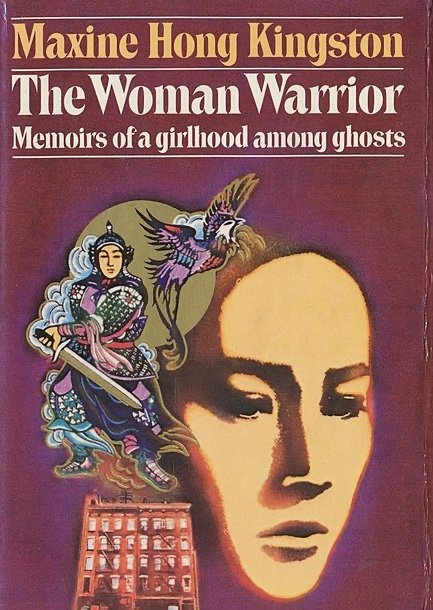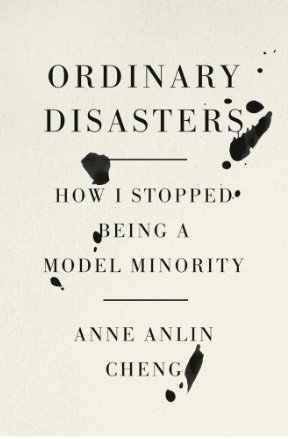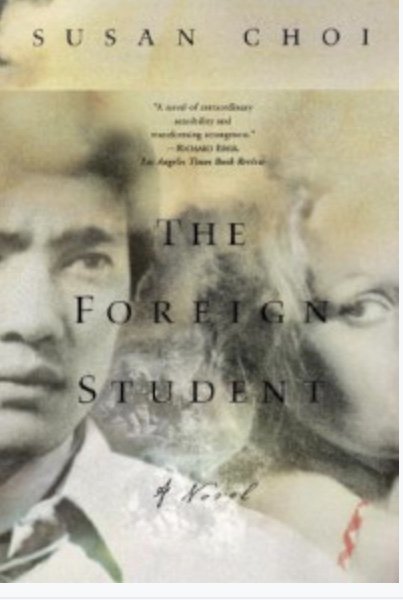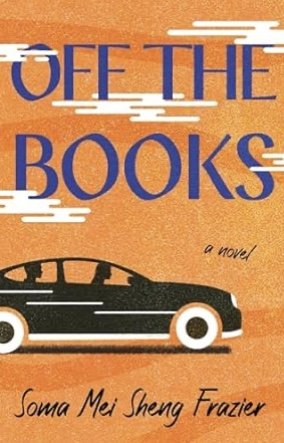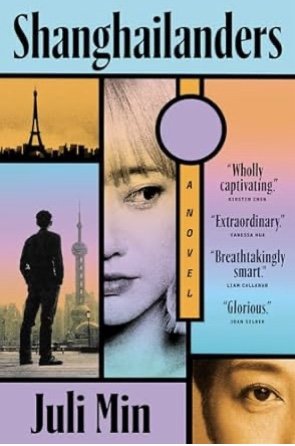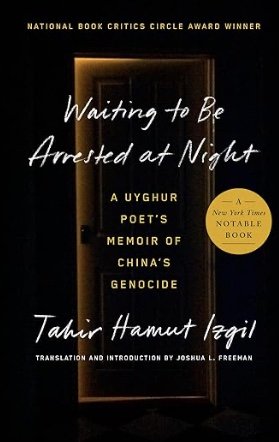Welcome to the Hyunam-dong Bookshop by Hwang Bo-Reum, translated by Shanna Tan (Bloomsbury)
South Korean writer Hwang Bo-Reum’s Welcome to the Hynam-dong Bookshop is a book for booklovers and for anybody who has ever had a dream of opening and running their own bookshop. This is her first novel which was originally released in 2023 in her home country.
The book became an instant bestseller and was translated into several languages the following year, including English. The Japanese translation won the Japan Bookseller’s Award in 2024.
The main character, Yeongju, did everything she was supposed to do. She went to university, married a nice man, and had a decent paying and well-respected job. She adhered to the principle that if she were to do her best, things would go well for her.
At her job, she was a contract worker. However, her manager promised her that if she did well before her next evaluation, she would eventually become a permanent employee. She was given an important assignment that she put her blood and guts into, thinking this time, the company will recognize my worth and make me a permanent full-time employee. How shocked she was to find that her manager not only took her name off the project and added an inept co-worker who was then promoted over her.
So, Yeongju does what only most people dream about doing. She quits her job, she divorces her husband and decides to open a bookshop which was a dream of hers since she was a child. However, she has no experience on how to run a bookshop or how to run a business, but that does not deter her from following her dream.
She finds a spot in a suburban area of Seoul that she just fell in love with. She thought that if she fills the store with books, people will come. But the reality of the matter was far from what she imagined. After opening the shop, she would ask herself, “if this was her first visit, would she have faith in the staff’s recommendations? How does a bookshop earn trust? What makes a good bookshop?”
For the first few months after opening, Yeongju started writing to do lists, prioritizing what needed to be done first. Before opening the shop, her old life was tearing away at her soul. The only thought in her mind was, “I must open a bookshop”.
The bookshop has a few early regulars but is still nowhere near to being called successful. Even Yeongju herself says, “I must do better than this”. She starts an Instagram account for the shop and decides to hire a barista so people could enjoy coffee while browsing, perhaps buying a book or two.
The first employee she hires is Minjun, a young man who also seems to have no direction in life as yet. In the beginning Yeongju tells him that the shop will probably be open for two years or so. She still did not have the confidence that she could run a successful and busy independent bookshop.
But as the years pass, she begins to think differently from when she began. She now wants her bookshop to be more than just a bookshop, she wants it to be a place where people can come and forget about their everyday, stressful lives, enjoy a cup of coffee and read books they might enjoy.
As a longtime bookseller myself, I couldn’t help but admire the change in Yeongu’s attitude when starting the shop and how she gains more confidence in believing in herself, her small group of friends, and her employees who make the Hyunamh-dong Bookshop a place I want to go to as well. ~Ernie Hoyt


